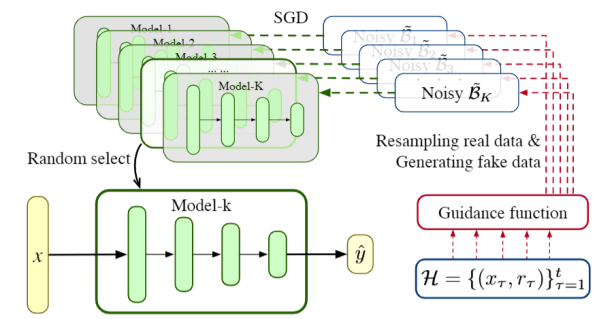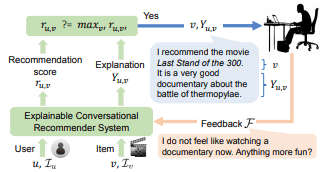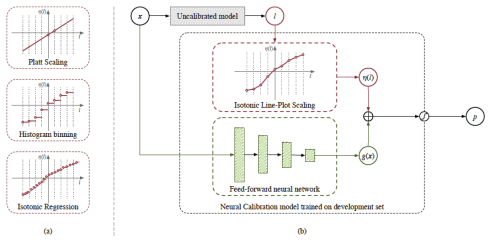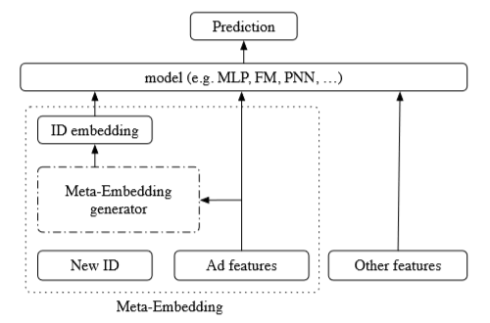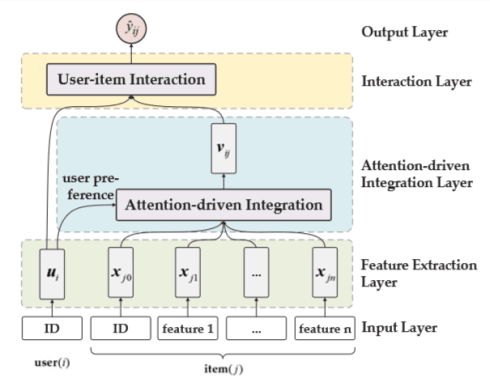
In this paper, we propose to tackle the delayed feedback problem
in online advertising by “Following the Prophet” (FTP for short). The key insight is that, if the feedback came instantly for all the
logged samples, we could get a model without delayed feedback,
namely the “prophet”. Although the prophet cannot be obtained
during online learning, we show that we could predict the prophet’s
predictions by an aggregation policy on top of a set of multi-task
predictions, where each task captures the feedback patterns of different periods. [paper]
